Dramatic events behind the scenes; Everything's organized by a "secret group" and CIA
The whole world heard that Israel and Hamas reached an agreement on the release of a certain number of hostages. Few know details of how the deal was reached.
Wednesday, 22.11.2023.
14:19
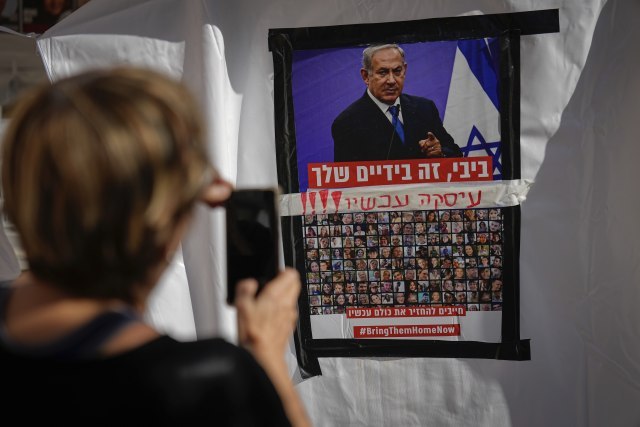
Dramatic events behind the scenes; Everything's organized by a "secret group" and CIA
The multi-page deal, which will come into effect 24 hours after its announcement, details the technicalities of the sham deal that took five grueling weeks to hammer out, even though the deal was on the table before Israel even set foot in the military operation against Hamas.According to Politico, the deal still boils down to one thing: the biggest diplomatic breakthrough in the conflict, one that Biden administration officials hope will lead to increased humanitarian aid for Palestinians suffering in Gaza and open the door to the return of more hostages.
"We are determined to get them all out. That was the main requirement of this agreement," a senior U.S. official told reporters last night.
But the work is not done. About 200 hostages -- men, Israel Defense Forces soldiers, dual nationals and foreign nationals -- will remain behind bars, although the U.S. and Israel hope some of them will be freed soon after the initial wave.
However, Qatar, a close ally of the US, played a key role in the negotiations. Qatar contacted the White House shortly after October 7 with information about the hostages the militants had just taken. Qatar has proposed forming a small, secret group between the US and Israel to work on the hostage issue.
US national security adviser Jake Sullivan turned to two of his associates, with whom he worked together on how best to reach a deal with Hamas. The stakes became clear during a Zoom call on October 13 between US President Joseph Biden and the families of missing and abducted Americans.
The conversation went on longer than the schedule allowed, as Biden allowed everyone on the line to share their loved ones' stories and express their fears. Since then, the hostage issue has become a central component of Biden's numerous phone calls and face-to-face meetings with Netanyahu, along with pressure on Israel to allow humanitarian aid to reach those in need and to ensure that military operations to root out Hamas in Gaza give priority to civilian security.
Those efforts bore fruit for the first time on October 23, when Hamas released two American women, a sign that the small secretive group's work could continue with further efforts to reach an agreement.
A day later, Hamas sent word to that group through its channels that a certain number of captured women and children could leave Gaza, but the "catch" was that their safe transit could only be ensured if Israel did not launch its ground invasion.
And yet, it started it.
All diplomatic efforts took place behind closed doors. The outlines of a deal were emerging. Hamas has released information on 50 of its hostages, signaling to Biden that it is possible to get them out.
The US President outlined his views to Netanyahu in a call on November 14, and the Israeli official agreed. But complications persisted. Israel cut communications inside Gaza during its military operations, making it difficult to pass any information to Hamas.
The militants also threatened to break off the talks altogether after the Israeli military entered al-Shifa hospital in northern Gaza, which Israeli and US officials say was a Hamas command center.
Biden believed that time was running out, so on November 17 he called the Qatari emir, noting that his envoy McGurk would be in Qatar the next day to review the final text of the agreement. Before that, Qatar received some comments about the proposed agreement from Hamas. CIA director William Burns, who ran his own regional diplomacy and was the main liaison with the Mossad, Israel's intelligence agency, was invited.
The agreement, said an unnamed US administration official, "is structured for women and children in the first phase, but with the expectation of future releases and the goal of all hostages returning home to their families."
The next morning, McGurk was in Cairo for a meeting with Abbas Kamel, the head of Egypt's intelligence service. While they were talking, an Egyptian associate entered with a message: Hamas leaders in Gaza had accepted almost everything agreed in Doha the night before. McGurk arrived back in Israel on November 19 to speak with the war cabinet there, relaying the existing deal and Hamas's reaction to it.
That evening, senior Israeli officials let the US know that they agreed to the deal with only minor changes. Qatar sent that version to Hamas. "It is the final offer," the Qatari leader stressed to his Hamas colleagues, according to two US officials.
On November 21, Hamas gave the green light. All that was left was for the entire Israeli cabinet to approve the deal, which everyone expected would happen.


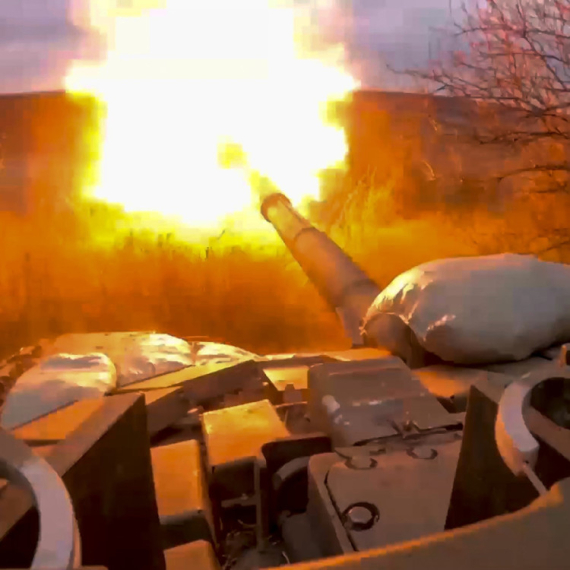
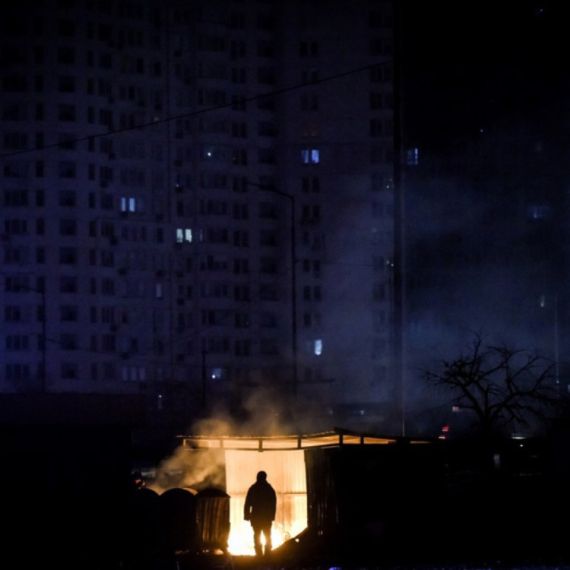
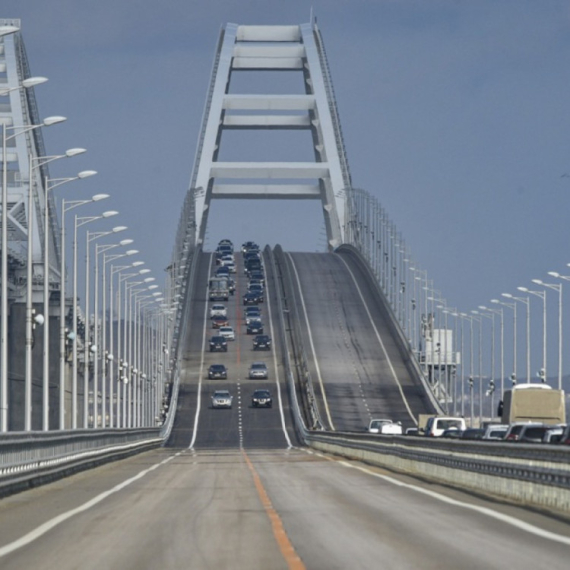
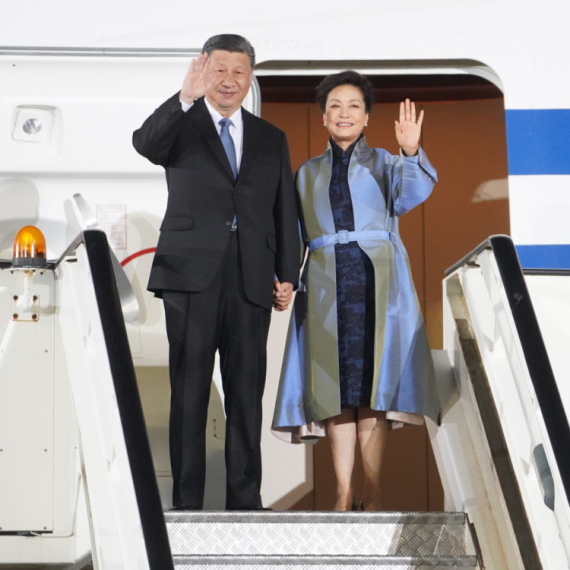





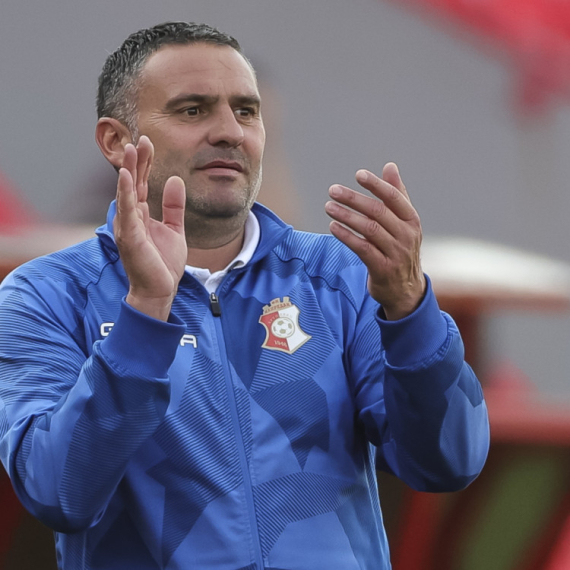
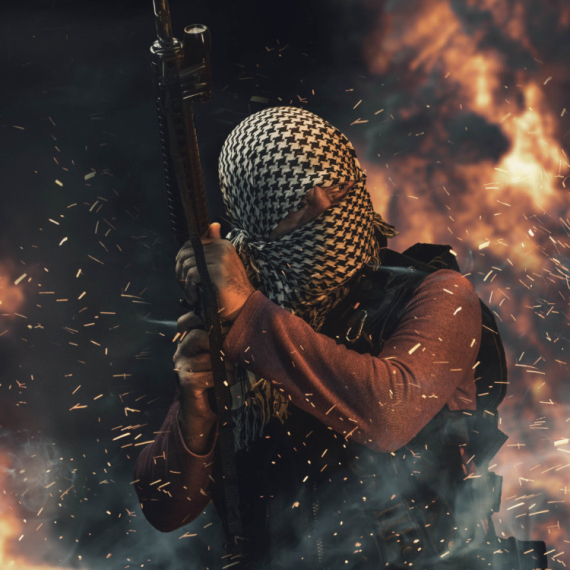

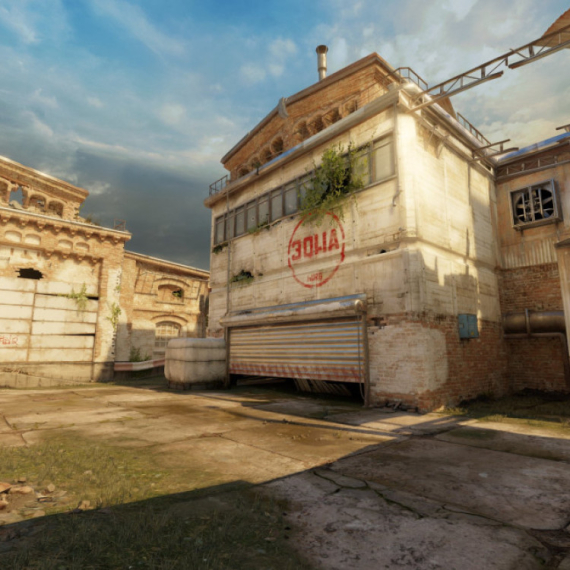
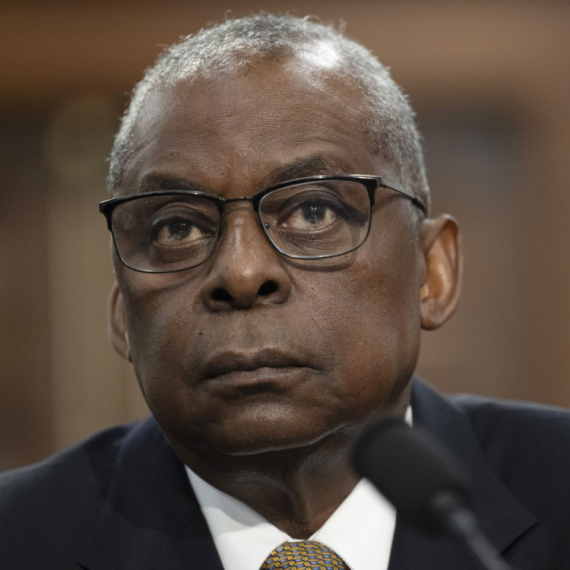

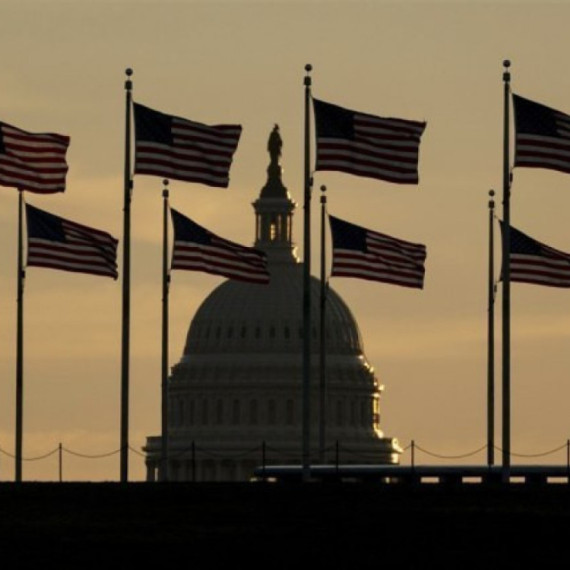




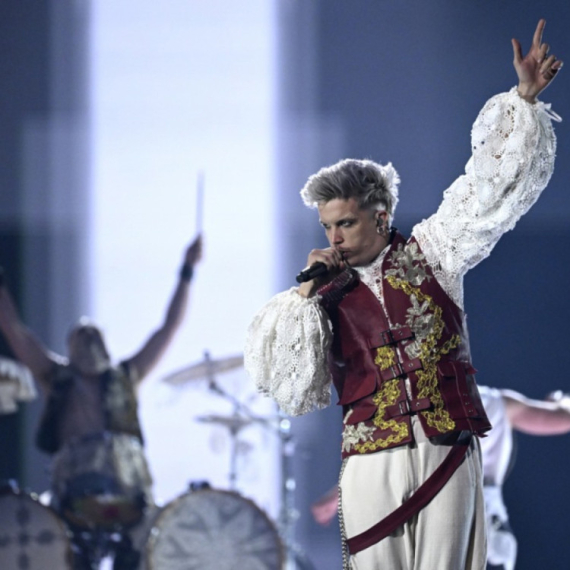







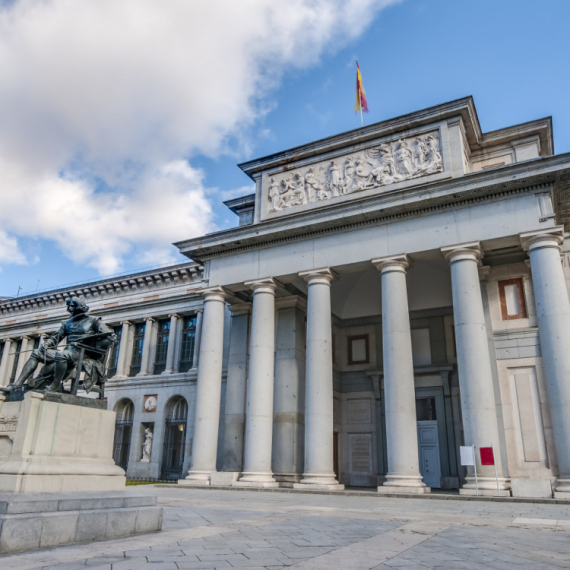

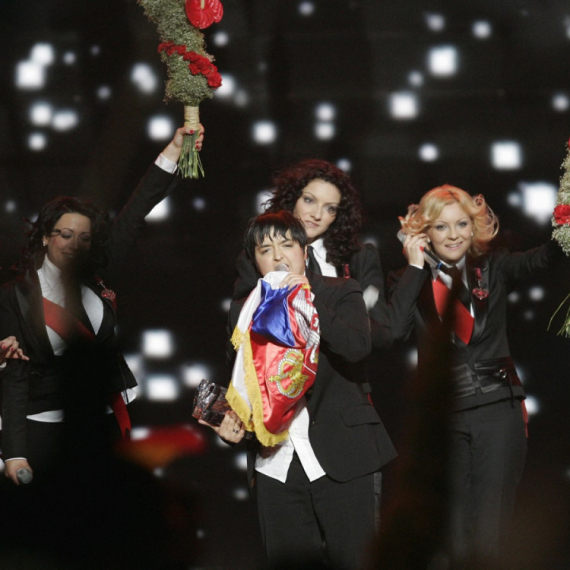

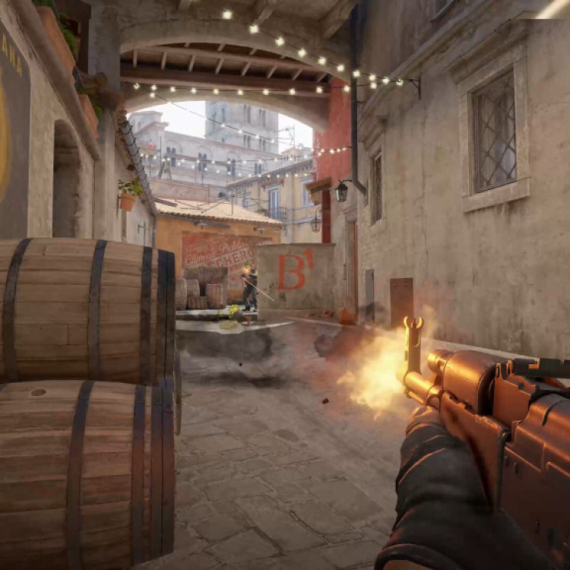
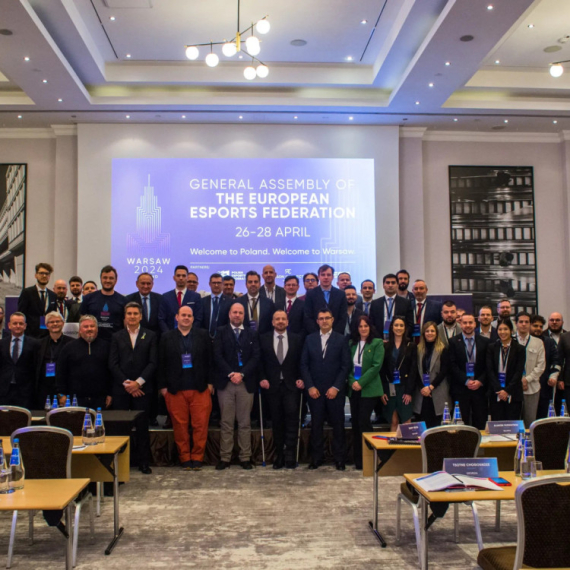
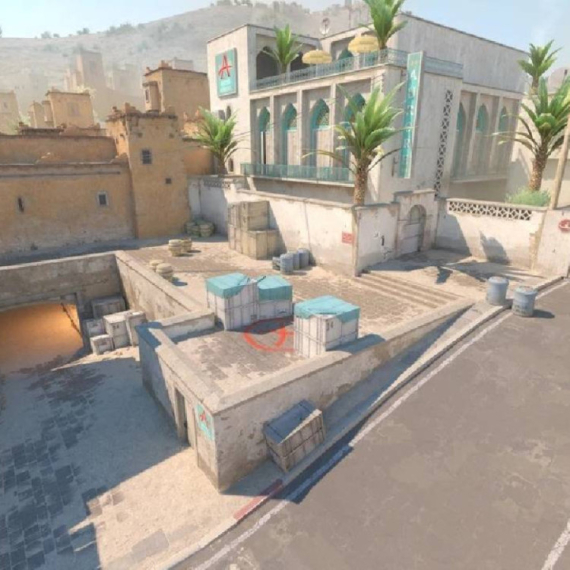
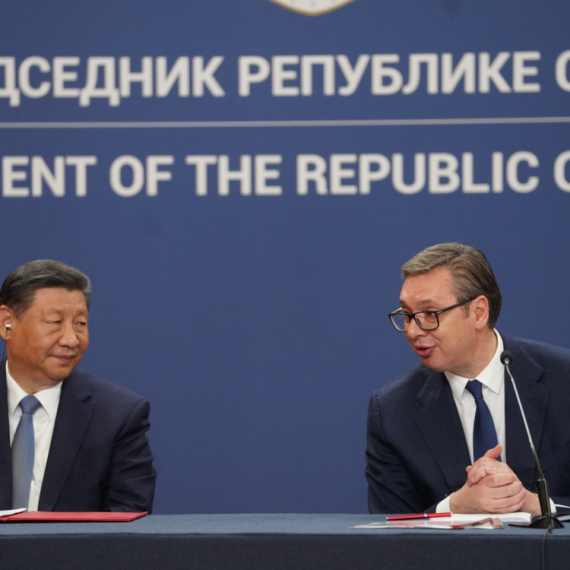

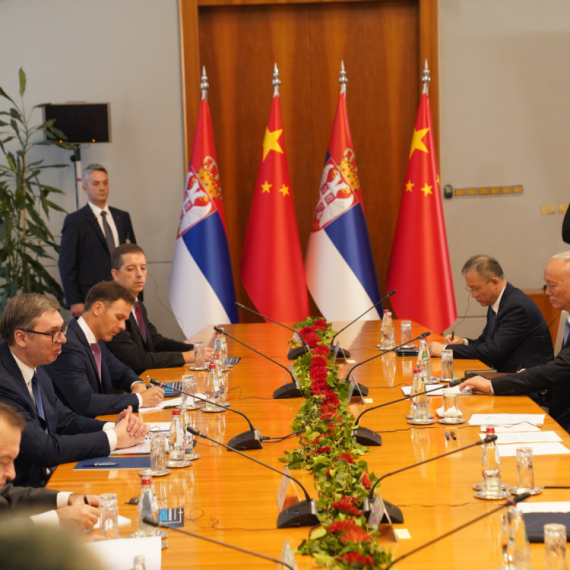
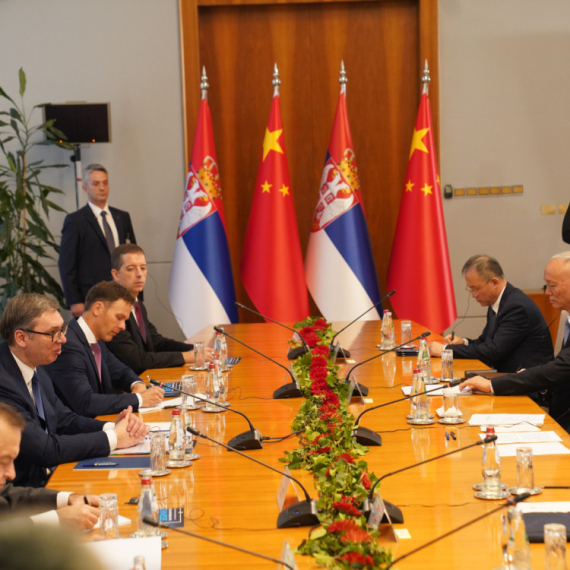
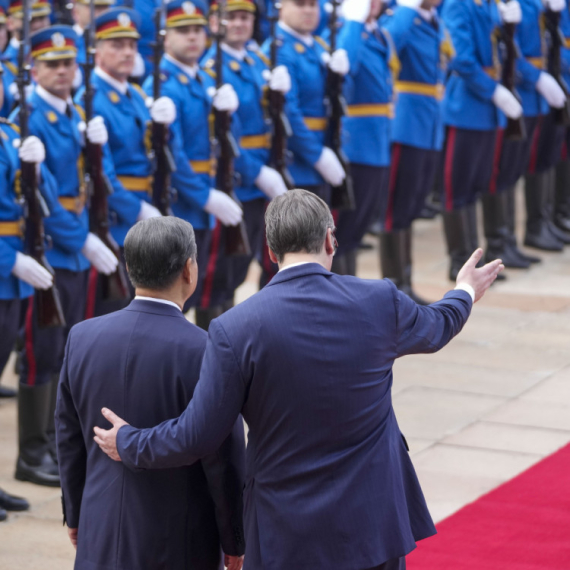
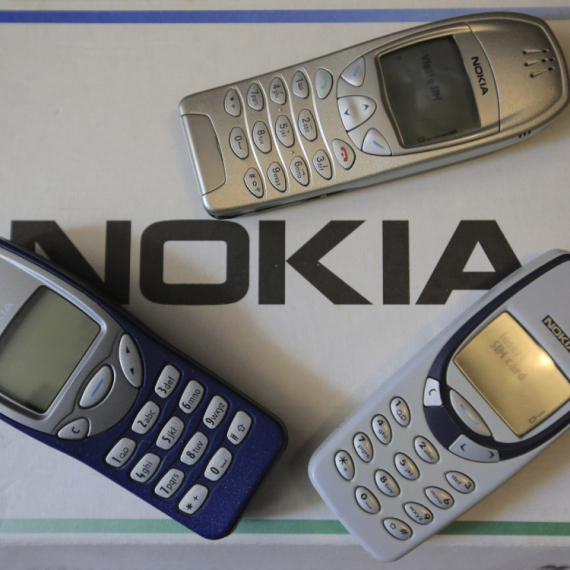

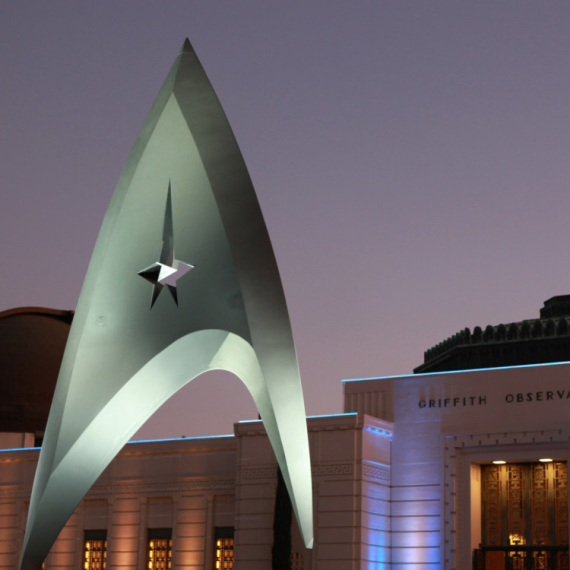






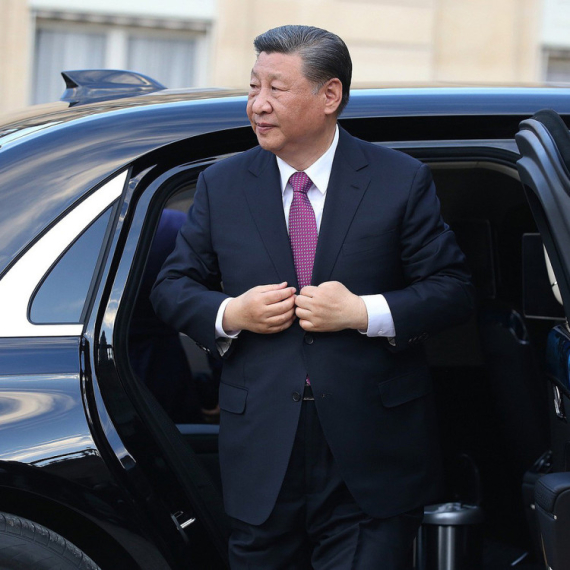
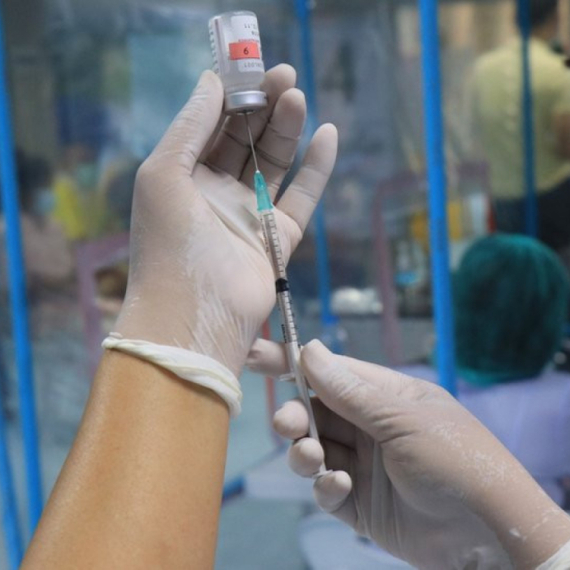

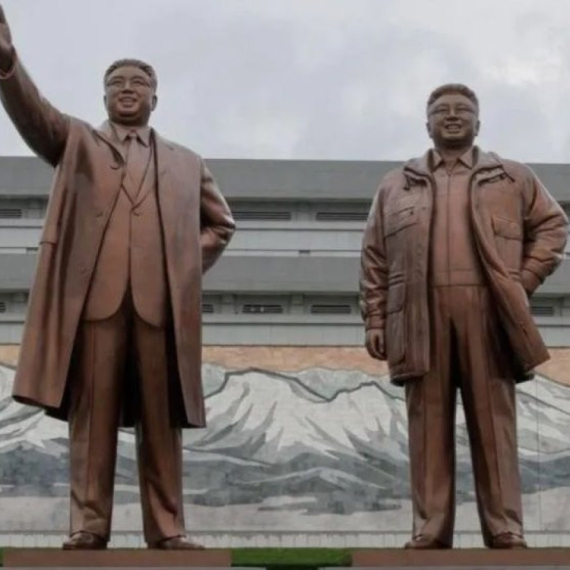
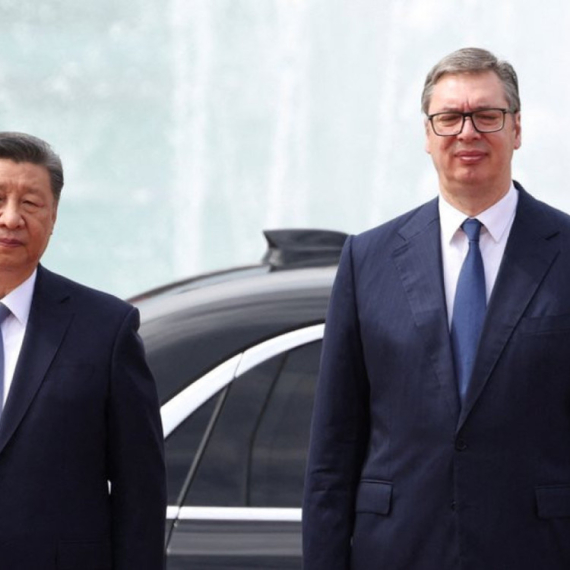


Komentari 1
Pogledaj komentare